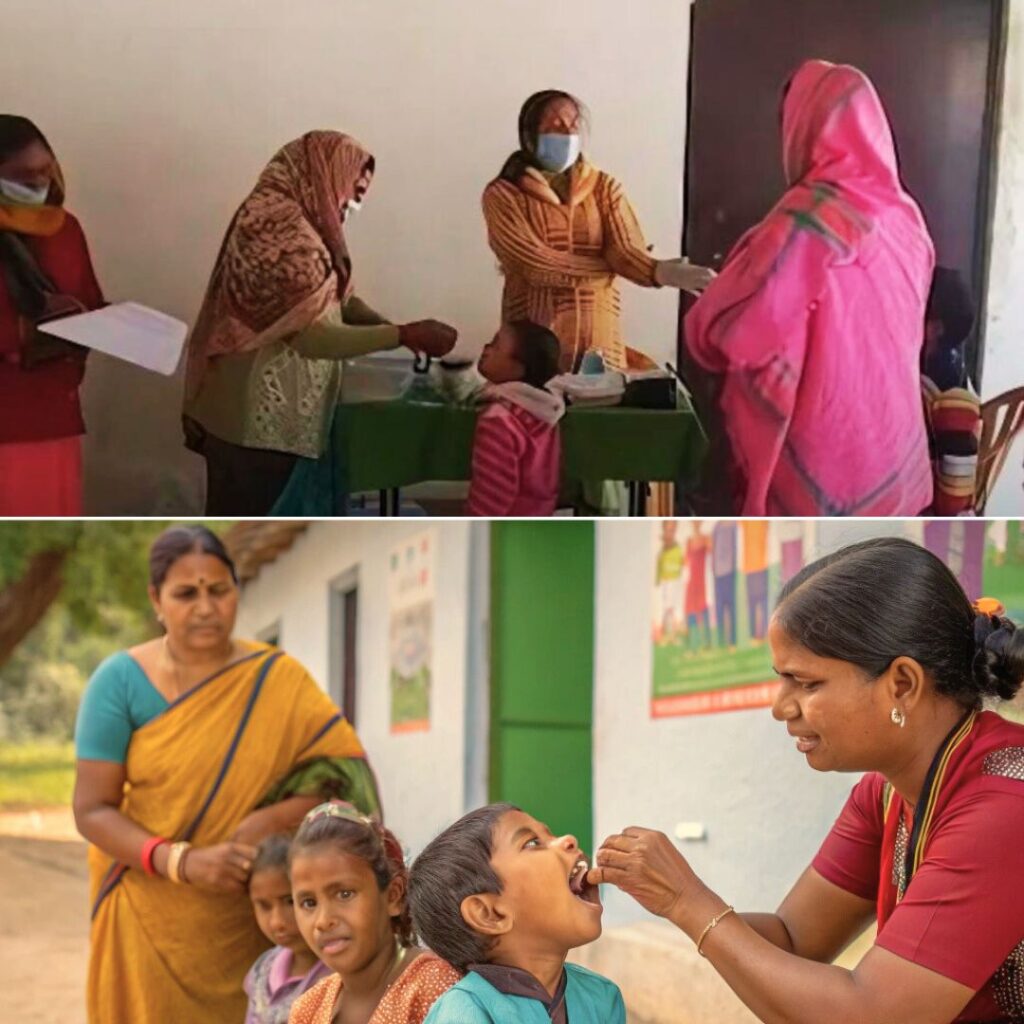Thousands of dead fish have been washed ashore along the coast at Besant Nagar or found floating in the Adyar estuary near broken bridge, Chennai earlier this week.
Estuaries are bodies of water usually found where rivers meet the sea. They are home to unique plant and animal communities that have adapted to brackish water—a mixture of fresh water draining from the land and salty seawater.
The Hindu reports that fisherman who have been removing fish from the water and throwing them on the shore are speculating whether the deaths were caused due to lack of dissolved oxygen in water.
“This is the breeding season for fish and they enter the estuary in large numbers. As the rainwater has pushed a lot of sludge towards the sea, the water at that point is polluted leading to these deaths. It happens almost every year. But this year, it looks like thousands of fish are dead. Some of them have turned black. Some are quite big in size, which is a sad thing,” said Karunakaran of Urur Kuppam.
According to a report by The News Minute, fishermen blame sewage contamination of the river and the government is blaming an excess of fresh water for the deaths. According to eyewitnesses, the fish washed ashore in the estuary at 4:30 pm on Monday near the Thiru Vi Ka bridge.
Scores of dead fish were found on the shore of the river that is frequently used by fishermen to make their daily catch.
Members of the fishing community blame the Chennai Metro Water Board for releasing untreated sewage into the water body.
When The Logical Indian contacted the Water Board, they denied the allegation: “We are still trying to ascertain the cause of the death of fish. We discharge waste water into the river only after treatment. We have abided by the pollution control norms. What has happened is not exactly in our purview.”
Environmental activist Nityanand Jayaraman shared in a Facebook post the account of a fisherman, Palayam, who also blamed the death of the fish on sewage water.
“These are Vaada Naal – times when the wind blows from the north and the current runs from the north. These fish – kulla kendai, oodan, madavai and kezhangnan – like to hang out in Pazhaverkaadu and Arambakkam (both located in north Tamil Nadu). Clearly, they have been pushed south. The current must have been strong.”
“The sea near the shore was stinking of dead fish. The big fish must have come hunting their prey. They don’t normally come this close. They almost never get caught in nets. Only the three-layer nets can catch them…During rainy season, waters flow in from the west. When the tide moves in, the fish from the sea move in with the thelivu thanni (clear water). Yesterday (November 27), today (November 28), I think the fish may have sensed some disturbance in the sea – perhaps a minor quake, some storm brewing. They do what I do when I sense some discomfort at sea. They move towards the shore, and then inside estuaries. They are safer places. The sea is disturbed today and there is some phenomenon building. Estuaries are generally safe places. But this time something was different. See, even the Silepi fish (Tilapia) came to the estuary. What drove them from the west towards the sea? They never come this far east. I think whatever sewage was being released was being released from much further west where there was fresh water to drive the silepi fish all the way to the sea to die at the river mouth,” he continued.
State fisheries minister Jayakumar gave an entirely new explanation: “Good fresh water passed through this water body. Due to this, the salt content in the water reduced. That is why the fish have died.”
However, environmentalists have ridiculed the minister’s claims and blamed the death of the fish on water contamination.
G Sundarrajan of NGO Poovulagu Nanbargal validated that untreated sewage water was the cause of the deaths and elaborated that the loss of fish at this time would mean a reduction in production in the area next year.
“The government needs to ensure that sewage treatment plants function well even during rains,” he said.
50 dolphins wash ashore in Tuticorin coast, 8 die
On Monday evening, around 50 dolphins washed ashore in the small town of Tuticorin, Tamil Nadu. The Indian Express reported that 8 of them died, while more than 40 are struggling for life.
Local fishermen who had spotted the 50 dolphins alerted district officials. A joint rescue team of the Central Marine Fish Research Institute (CMFRI) and forest department worked throughout the night to save them.
Image Credit: The News Minute
This is the second incident in two years where dolphins were stranded at the beach in Tuticorin, but first in such large numbers.
In January last year, more than 83 whales had washed ashore in Tuticorin and even after taking them back to the sea immediately, they washed up again and died.
India Today reports that locals blame the use of mechanised boats as one of the reasons for t…











